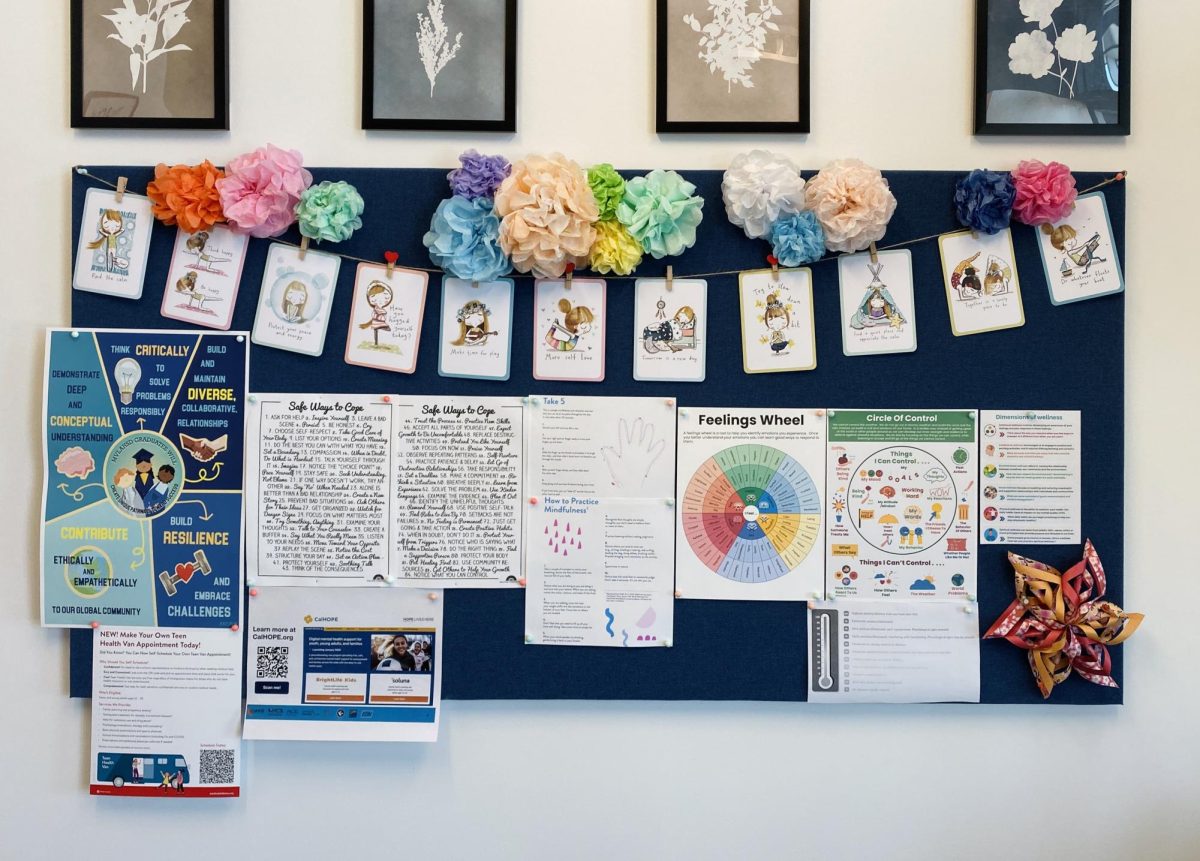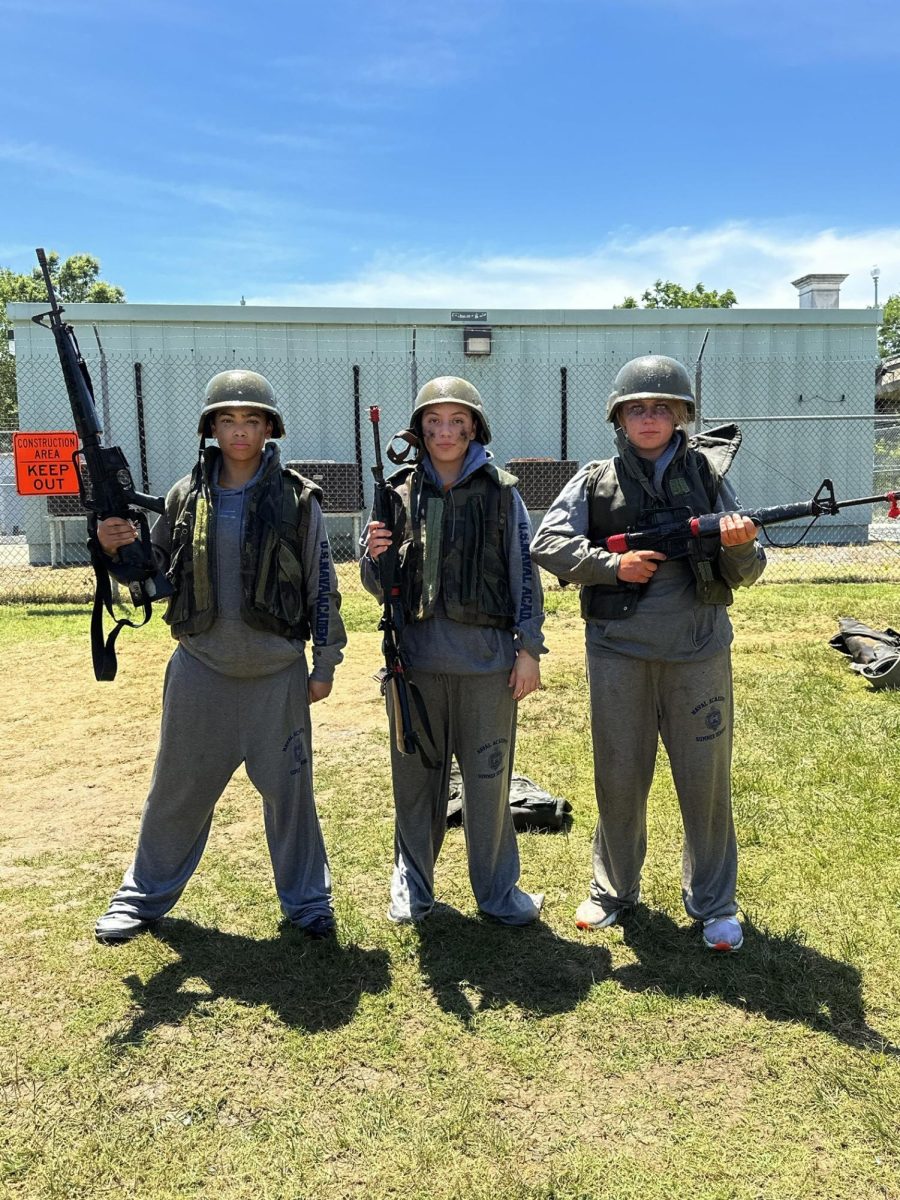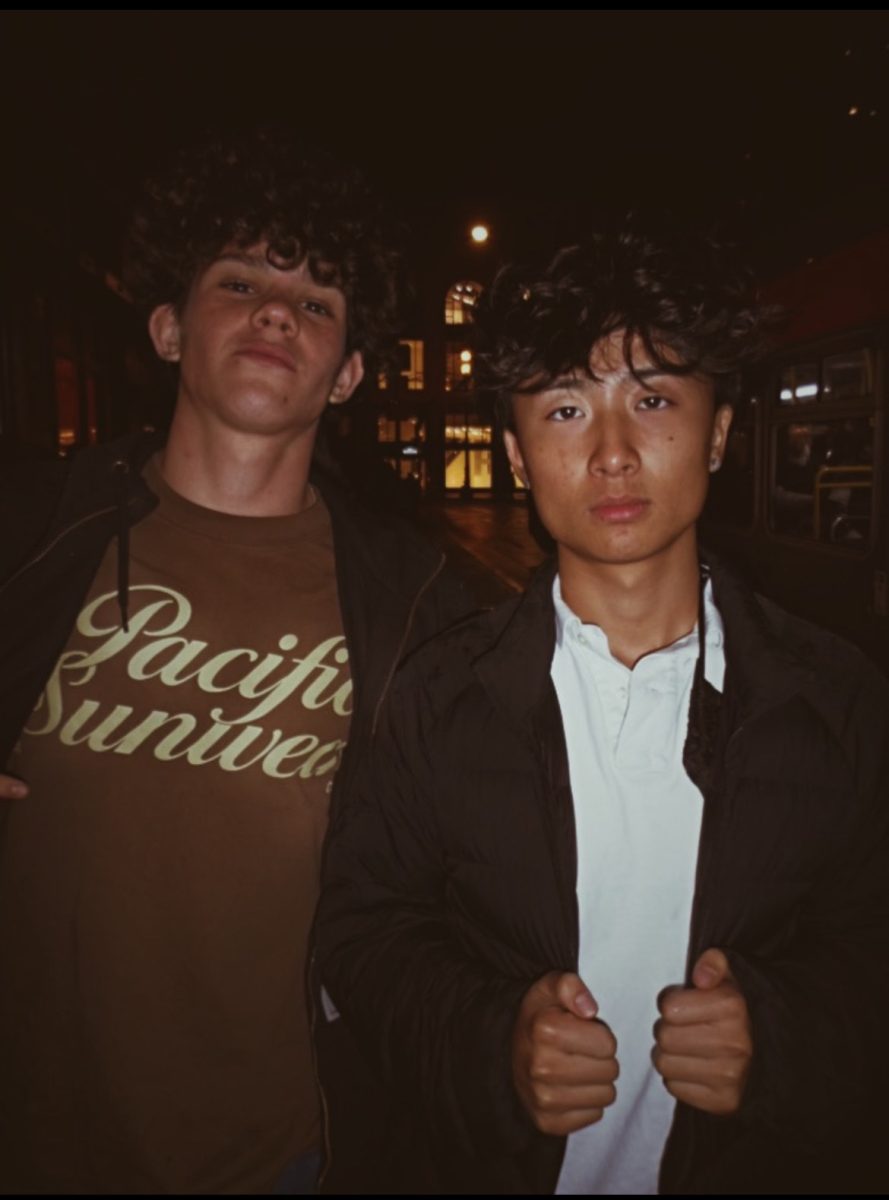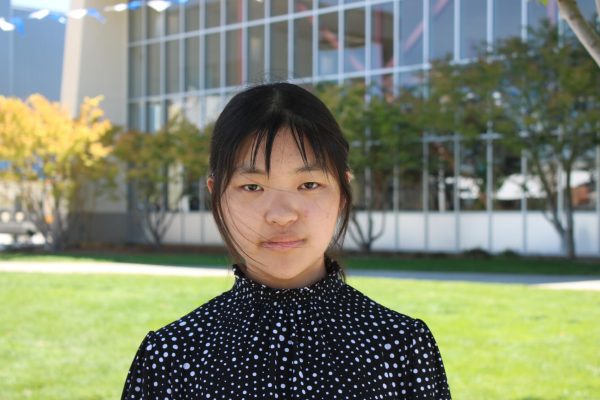Los Altos High School (LAHS) therapy services, coordinated by lead therapist Makenzie Gallego, aim to combat the culture of stress that is prevalent in high school campuses across the nation. These efforts are part of the school’s general initiative to allocate more resources to address student mental health and prioritize individualized support.
Mental Health at LAHS
In a 2022 study, the CDC reported that 44 percent of high school students felt “persistently felt sad or hopeless,” up 19 percent from 2019.
Gallego explains how comparison is the thief of joy — or in this scenario, a cause for mental health decline. Feelings of being “less than”— less smart, less productive, less attractive, less accomplished — poison students with feelings of unworthiness and inadequacy.
LAHS has adapted its policies to accommodate the increasing demand for mental health support. The administration has opened dedicated spaces for student wellness throughout the school day and hired more therapists. For instance, Eagle Escape now hosts Take Care Tuesdays and Wednesday ACT wellness sessions to provide students with opportunities to engage in activities aimed at promoting emotional regulation.
College prep as a funhouse mirror
College, Gallego expresses, is a primary source of pressure, comparison and distorted perception.
“You have to do so many things to get into college that it has distorted our bell curve,” Gallego said. “What students perceive as ‘average’ here is very much above average… the combination of all these expectations is not humanly reasonable.”
Students, too, also express that college preparation is laden with pressure.
“There’s a lot of stress and there’s a lot of peer pressure, even when you notice that one person is taking an AP or an honors course when you’re doing the regular version,” freshman Harshini Nagappan said.
“The pressure to get into college is a lot,” freshman Lillian Liu said. “It’s not always harmful — it’s good to realize that you have to think about the future, and not be in the present forever. But I think society pushes us a lot more.”
Social media
Eagle Escape Director Juan Arreola acknowledges the impact of social media on mental health, noting how it has brought students’ previously covert mental health struggles to light.
“It’s very clear that students are publicizing that they’re depressed on social media,” Arreola said.
He believes this change is both good and bad — though, more often than not, it’s the latter. While social media has been used to identify and act upon symptoms that necessitate mental health support, it has often pushed people deeper into a hole of unhappiness and depression.
“The more you see [depression] on your screen the more it triggers you in your head, ‘I’m feeling more and more depressed,’” Arreola said, “But it’s because you’re watching it so much instead of just taking a step back and realizing, ‘Ok, I need to go get some help.’”
Gallego describes how social media has caused the trivialization of mental health.
“I think we’ve ‘popularized’ a lot of terms about mental health,” Gallego said. “I’m thinking about things like ‘anxiety,’ ‘panic attack,’ even phrases like, ‘oh my gosh, I’m so OCD.’ We’re throwing around terms that — within the mental health world — actually have specific definitions.”
Social media also creates a hyperreality — an entanglement between the authentic world with the inauthentic personas that users create.
“When you’re seeing a whole feed of people’s best selves that they’re wanting to put out, you’re not comparing that to your best self,” Gallego said. “You’re comparing it to the whole picture of yourself — all the good things, all the messy things, all the everything. You’re always going to fall short.”
“Purposely go seek out people that you want to follow, who have a variety of body types, who are talking about mental health,” she said. Then you’re getting a feed that’s more natural, that encompasses the realistic diversity of human experience.”
Why therapy?
According to Gallego, therapy is effective because of relationship-building with the therapist.
“All the research shows that the most effective part of the therapy process is the relationship,” Gallego said. “I think the biggest thing is actually whether or not the therapist is a match for the person. The same way that you don’t want to be friends with every person that you meet, there can be excellent skilled therapists who will be the wrong therapist for you.”
Experience, too, matters.
“I think we have a more realistic sense of how many people are struggling with things, and how normal it is,” Gallego said. “I know the ways that we can help someone with that. I know that there’s a lot of hope that things will improve over time. And so my response to those things is often going to be really reassuring to someone.”
“Listening and talking to your friends is a start,” Arreola said, “but it’s good to go see someone who’s actually a professional. They’ve studied this and they’ve gone to school and had all the training. It’s a big first step.”
Gallego expresses that a student-therapist relationship is unique because it is separate from the student’s social life.
“Often it’s a safer place to be vulnerable,” Gallego explains. “It’s like, ‘If I tell a therapist, number one, they’re probably less likely to judge me. But number two, I can walk out the door and it’s separated from the rest of my life. And so maybe I can take a little more risk in being vulnerable.’”
Accessing therapy at LAHS
To access LAHS therapy services, students can fill out the online Student Support Referral Form; a peer, staff member, parent or community member can also fill it out on behalf of the student. Students are then streamlined through the Intake Process, where they talk with therapists and decide whether therapy is the right commitment.
Gallego describes the Intake Process as a casual conversation: “We’re trying to get a sense of how school is going — social relationships, their family relationships, free time, sleep, eating.” Using this information, Gallego then identifies what the right kind of support is.
There’s a distinction between periodic anxiety (apprehension before an important test, or dreading talking to a friend who you’ve just fought with) and chronic anxiety (anxiety that’s excessive, persistent and abnormal).
The former does not necessitate therapy.
“If you feel anxious in a situation where it’s appropriate, that’s actually your system’s functioning exactly the way it’s supposed to,” Gallego said. “But when things get disproportionate — when they get really persistent and reach levels where they’re interfering with functioning, sleep, concentration, turning into burnout — those are things people can’t manage completely by themselves.”
Sometimes the right kind of mental health support is therapy — other times it’s not. Students may be connected to school therapy, academic-related support or LAHS’s community partners who provide resource support and stress reduction options.
“What I tell students often is if you have a challenge and you don’t know what kind of support you need, come talk to us,” Gallego said. “We’re not only about mental health, and we’ll help figure out what the right thing is.”
If school therapy has been deemed appropriate, therapists will generally request parent permission to provide the support. Students can either take home forms for their parents to sign, or therapists can simply call parents.
Social Relationships
Destigmatizing mental health help
“Before, I had thought that therapy was for, like, mentally deranged people,” freshman Lillian Liu said, “Now that the school has embraced [therapy] and we have a wellness center, it’s really nice seeing that stigma slowly being deconstructed.”
“I do see a trend of more people coming forward and being more okay with saying, ‘I need to go talk to someone,’” Arreola said. “That wasn’t so common back in the day.”
“Culturally for the Hispanic side, it’s always been hard for us to ask for help,” Arreola said. He is proud to observe an increase in Hispanic students reaching out for mental health assistance.
Peer support
“I would love to see our students talk more with each other and normalize the fact that students do feel stress,” Gallego said. Ideally, she would love to see students talk to that peer, and get the peer to agree to a referral form, and ideally, even offer to come to the first conversation.
Gallego expresses how discussion around mental health is important to deconstruct stigmas around mental health, and normalize the pressure that people face.
“I meet with a lot of students who have worked up the courage to come,” Gallego recalls, “And at the end they go, ‘this was definitely not as bad as I thought it was going to be, and I’m going to tell my friends they should come.’”
Gallego also recommends students hang out with their friends, to divert themselves away from distress.
“I think everybody can benefit from therapy, and you don’t have to wait until you’re in crisis,” Gallego said. “In fact, it’s great if we can start soon and do some preventative work. What do you have to lose by having one conversation with one of our people on campus?”










